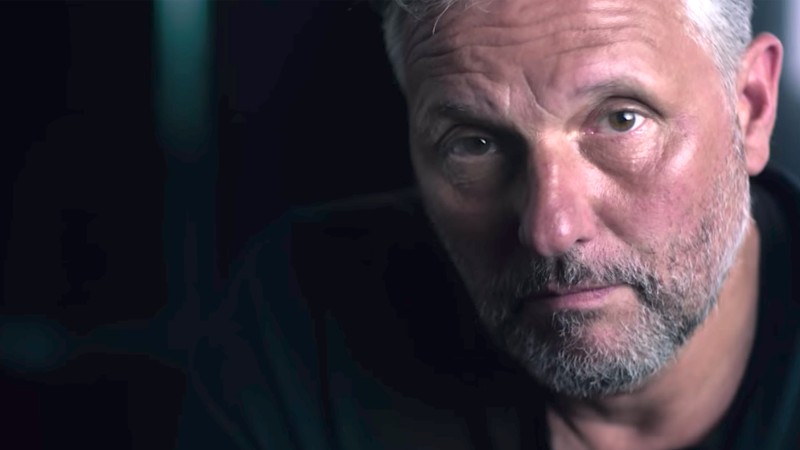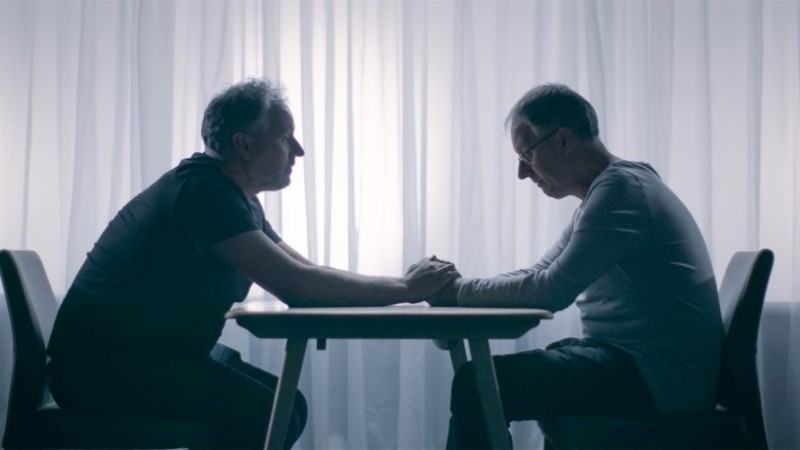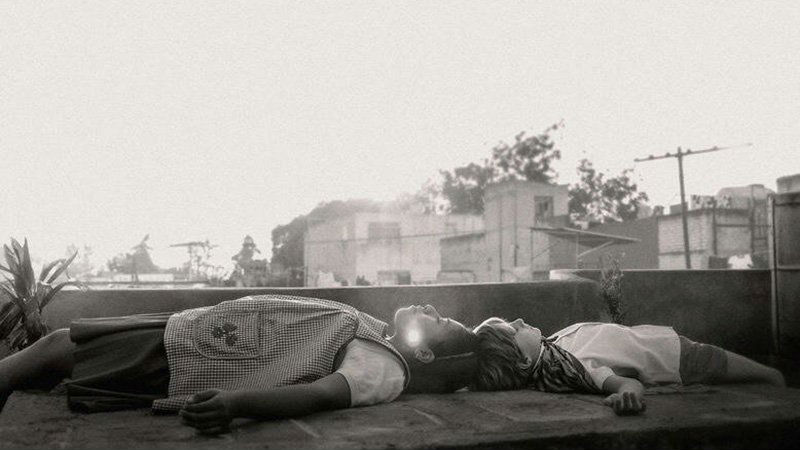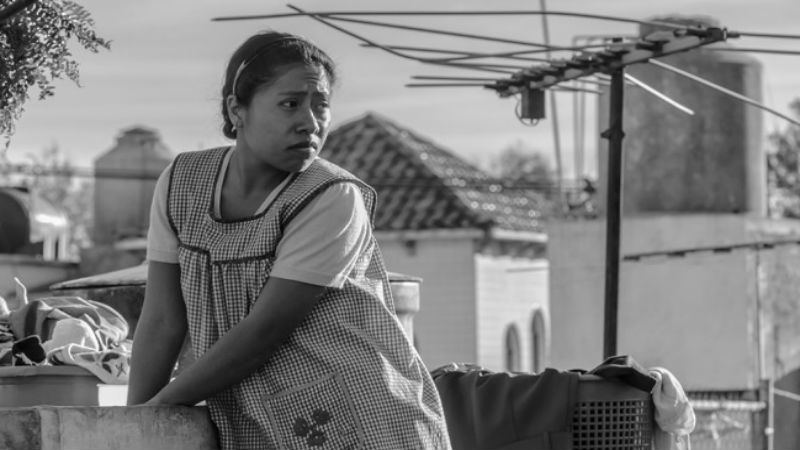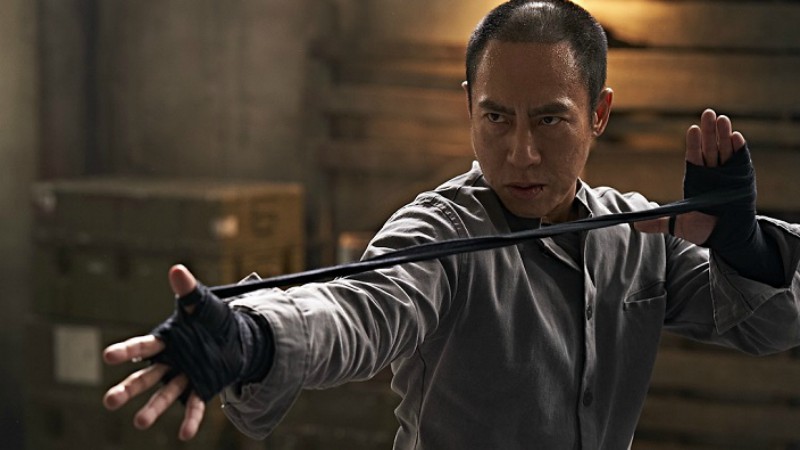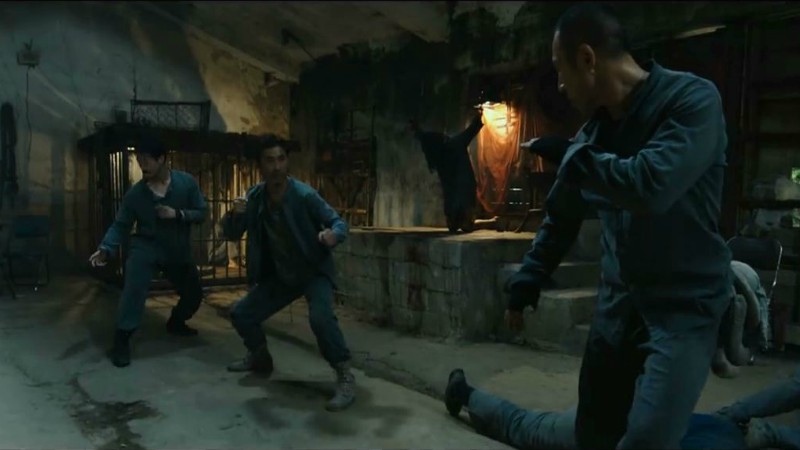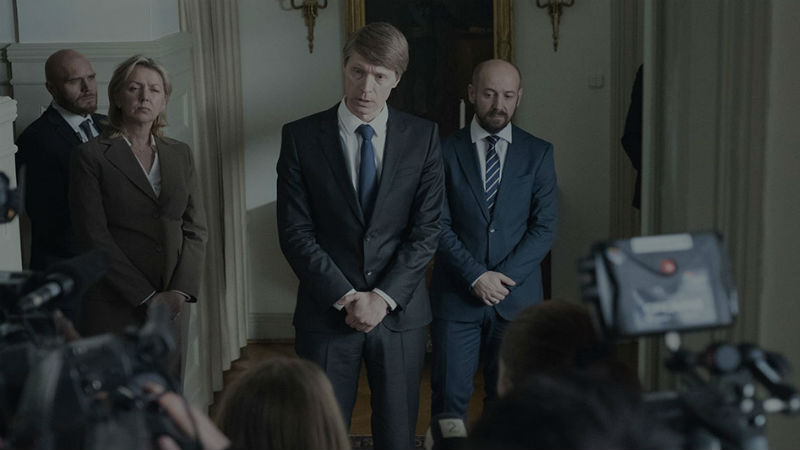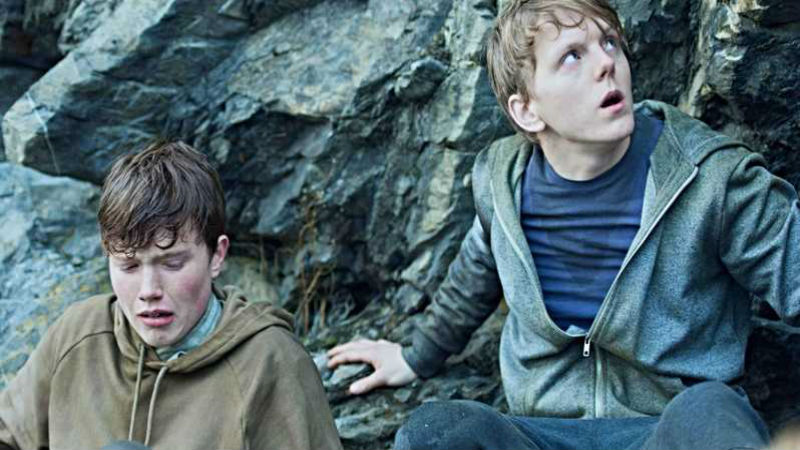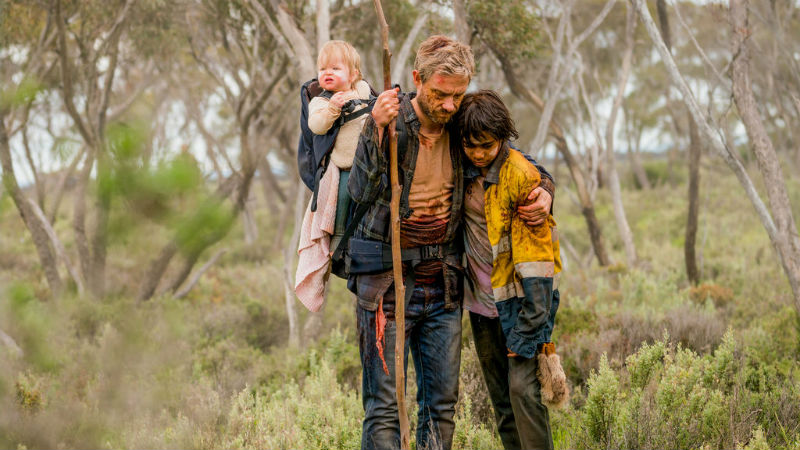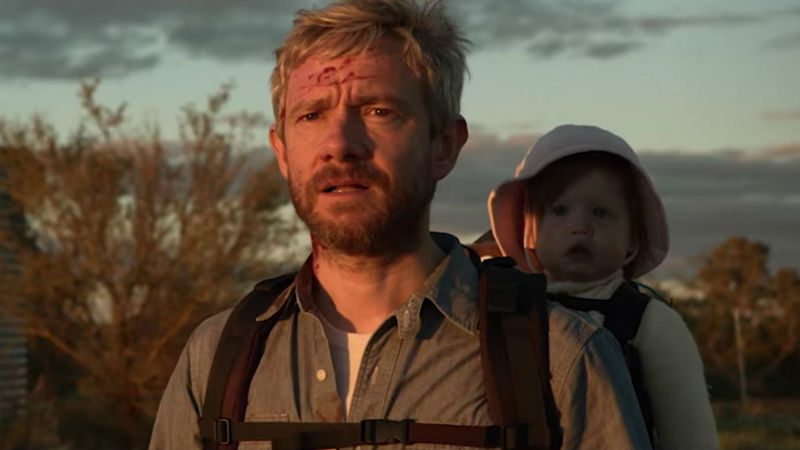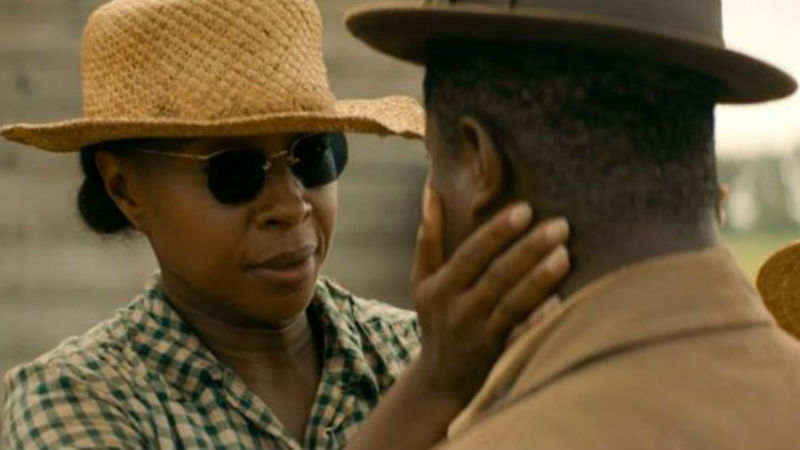We have reviewed more than 400 documentaries in our eight years of existence, so it was no easy task selecting just 10 of them exclusively for you.
The films below are listed in alphabetical order. Don’t forget to click on each individual film title in order to accede to our exclusive reviews. The availability of these films varies geographically and in order to watch them, we recommend that you use a VPN. A couple of VPNs that work well with Netflix and that we recommend include Cyberghost, Surfshark, and ExpressVPN. To find out which countries each title is available in, you can use the website Flixboss.
…
.
1. The Biggest Little Farm (John Chester, 2019):
The year is 2010. John and his wife Molly are your average Californian urbanites. They dwell in a very small flat in Santa Monica, a coastal district of Los Angeles. John is a established documentarist, while Molly is a chef. One day they adopt a black pooch called Todd, saving him from certain death at local dog pound. But Todd won’t stop barking while his parents are away. As a consequence of the nuisance noise, all three get evicted from the building. They have just 30 days to find a solution and move out.
Giving Todd away isn’t an option because they are firmly committed to keeping the animal for life. Moving into a different block would probably see a similar closure. So they decide to move into the countryside near Los Angeles and set up a farm. They don’t have any money, but friends and investors promptly chip in. The farm isn’t just about Todd’s well-being. Molly always wanted to plant her own vegetables, while John is a also a environment lover, having worked in many nature shows for television. So they set the Apricot Lane Farms, where they grow a plethora of vegetables (from lemons and avocados to tomatoes and greens) and raise a variety of animals (chickens, goats and a pregnant pig called Emma, who succeeds to give birth to no less than 14 piglets). In total they plant 10,00 orchard trees in more than 200 different crops. Their farm is in stark contrast to the neighbouring establishments, mostly gigantic monocultures.
.
2. Chavela (Catherine Gund and Daresha Kyi, 2017):
Chavela Vargas was no ordinary singer, no ordinary woman and no ordinary human being. The “llorona” (Spanish for someone who cries a lot) had no crystal-clear and sweet voice, but rather a cannon-like lament that shattered hearts and quickly moistened even the coldest and most hardened eyes. The doc Chavela, which explores the singer’s life from her birth in Costa Rica to her rise in her chosen homeland Mexico and much beloved Spain, is certain to bring tears to your eyes.
Chavela’s explosive and passionate music was deeply rooted in her fiery and assertive temperament and unflinching desire to live. She loved women as intensively as she could, and she was entirely unapologetic of the homosexuality. Her relations were profound and yet dysfunctional (she could become violent), and she counts Frida Kahlo and the wives of many important politicians amongst those whom she loved.
.
3. The Edge of Democracy (Petra Costa, 2019):
Brazilian filmmaker Petra is roughly the same age as Brazilian democracy. She was born in 1983, just two years before the military dictatorship that ruled Brazil for more than two decades came to an end. She thought that herself and Brazilian democracy would be standing strong in their thirties. this, that did not materialise. While the filmmaker is now an accomplished filmmaker, now on her fourth feature film, Brazilian democracy has collapsed, and the country is was on the verge of authoritarianism when this documentary was made.
The Edge of Democracy is also pictured at the top of this article.
.
4. Hating Peter Tatchell (Christopher Amos, 2021):
Stephen Fry succinctly describes Britain most (in)famous gay activist: “Peter is a performance artist. He deserves an award for his extraordinary contribution to the lives of those who never heard of him”. The 90-minute documentary that follows, narrated by Ian McKellen and exec produced by Elton John and and his husband David Furnish, provides irrefutable evidence that the English actor is indeed right.
Peter Tatchell was born in Australia in a neopentecostal family, which he describes as “close to fundamentalism”. His stepfather was particularly controlling and homophobic. He feared his parents would report him to the police, at a time when homosexuality was a crime punishable with imprisonment. Peter moved to Britain both because of his family and because he wanted to dodge the compulsory military service, which was at odds with his strong anti-war views. He joined the Gay Liberation Front within just days of arriving in London.
.
5. Hope Frozen (Pailin Wedel, 2018):
Here’s a documentary with a difference about a family in Thailand. When their daughter Einz falls prey to brain cancer before her third birthday, her parents make the bold decision to have her cryonically frozen at death in the hope that she can, at some point in the future, perhaps in several hundred years’ time, be resuscitated and lead a normal life.
She has a devoted, older teenage brother Matrix who would do anything for her having waited over ten years for a sibling. Their dad Sahatorn is a working laser scientist who starts running experiments on his daughter’s cancer cells in an attempt to fund a cure before the condition kills her. Unsurprisingly, he doesn’t find a cure. Eventually, he talks wife Nareerat and son round to the idea of having Einz cryonically frozen.
Upon Einz’ death, within 60 seconds her body has been frozen for delivery to a facility run by a company in Arizona called Alcor. We watch a representative of this company show the whole family round, which tour includes the cylinder at the bottom section of which Einz has been put into cryonic storage. For the family, it feels a lot like visiting a graveside. They’ll probably never see her alive again.
.
6. The Last Forest (Luiz Bolognesi, 2021):
The Yanomami tribe have been living in the Amazon rainforest and mountains of the Venezuela-Brazil border region for over 1000 years. Today their total population stands at around 35,000. Over several decades, various Brazilian governments have disturbed their natural habitat for the sake of infrastructure development, bringing along outsiders who spread diseases to the natives. The biggest threat came in 1986 when the discovery of gold deposits in Yanomami land led to an invasion by 45,000 prospectors and the subsequent death of 1,500 to 1,800 natives. And, after the notorious Haximu Massacre in 1992, international support started pouring in for the Yanomami people, and their leader Davi Kopenawa got the Brazilian government to enforce a law that would keep the prospectors out of Yanomami land. But 25 years later, since Jair Bolsonaro took office in 2019, over 20,000 gold prospectors have penetrated their living environment, bringing with them Covid-19.
Brazilian filmmaker Luiz Bolognesi (Ex-Shaman, 2018) teams up with Davi Kopenawa to document the grave and dangerous situation in which the indigenous people are living, and through his ethnographic documentary, The Last Forest attempts to draw the world’s attention to a neglected community and their way of life.
.
7. Moonage Daydream (Brett Morgen, 2022):
Afilm of chaos and mayhem, but also one that’s as poetic as anything I’ve ever seen. This might be the most accurate way to describe Moonage Daydream, a film that transports us to another realm where we become mere passengers in the journey of this arthouse anomaly. To capture the life of David Bowie as he would have wanted is no easy feat, a man who lived his life with so much vibrancy and creativeness, and with a need to enjoy life no matter what, because as Bowie says in this film “I worship life, I love living”. Brett Morgen (the man behind the acclaimed 2015 documentary Cobain: Montage of Heck) has created a cinematic marvel, this film is the embodiment of everything that Bowie professes; it is unhinged, it is not affected by a need for acceptance or tethered down by cinema’s restrictive ropes, nor should it be because it’s near to being perfect the way it is.
The film was created in a way that Bowie liked to think of himself: as a blank canvas of creativeness with no limits to what could potentially be achieved. Moonage Daydream features never-before-seen footage and performances of the man himself, while taking you on a journey of exploration to investigate Bowie’s creative, spiritual, and musical adventure.
.
8. My Octopus Teacher (Pippa Ehrlich and James Reed, 2021):
This Oscar-winning documentary film is produced, shot and narrated by Craig Foster. The story is told in a first-person confessional style interspersed with interviews carried out by the directors Pippa Ehrlich and James Reed. The film started as a love project by Craig with the directors, producer and Netflix coming onboard further down the line.
Craig’s explorations of the kelp underwater forests are very moving. His attachment to the octopus begins when there is very little else to inspire him in his terrestrial life. The octopus’s various adventures, from either hunting crabs or being hunted herself by a number of times by the sharks, to playing with fish and Craig himself, to her finally becoming a mother and dying are extraordinary.
.
9. Retratos Fantasmas (Kleber Mendonca Filho, 2023):
Brazilian filmmaker Kleber Mendonca Filho is best known for his three internationally-acclaimed fiction features: Neighbouring Sounds (2013), Aquarius (2016) and Bacurau (2019; co-directed by Juliano Dornelles). Pictures of Ghosts is a documentary. Yet this is hardly new territory for the helmer. Few people are aware that the director had already made a string of non-fiction movies, and that – despite making his first feature at the age of 45 – he devoted his entire life to cinema as a movie-goer, a videomaker, a filmmaker and a film programmer. Mendonca Filho started experimenting with film during his youth in his hometown of Recife, a bustling metropolis located in Northeastern Brazil.
Blending shelf-shot footage, archive images, clips from his own movies, and narrated by the filmmaker himself, Pictures of Ghosts is divided into three parts: the filmmaker’s neighbourhood, the movie theatres and the churches. Images of the past are a regular occurrence in Mendonca Filho’s filmography: his three feature films open with archive pictures of Brazil in the early 20th century.
.
10. The Sparks Brothers (Edgar Wright, 2021):
The documentary is from British director, Edgar Wright, who also directed Shaun of the Dead (2004), Scott Pilgrim vs the World (2010) and the upcoming Last Night in Soho. This is Wright’s first documentary, and the result is a long but very entertaining two hours and 15 minutes, and one of the best music documentaries writer Ian Schultz. The outcome is an album-by-album story with every side project they’ve ever done. Sparks have made 25 albums in a career spanning five decades, hence the length. No fans will be able to say: “why did you leave this out?”.









